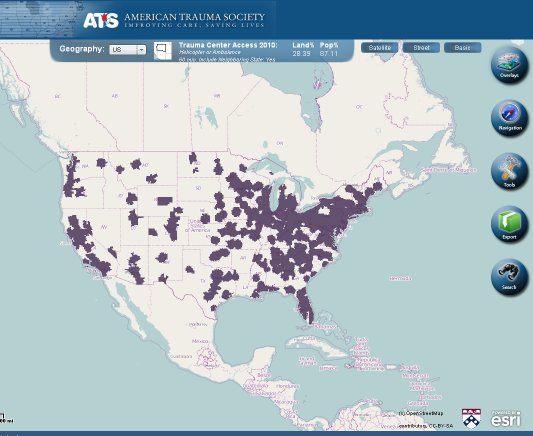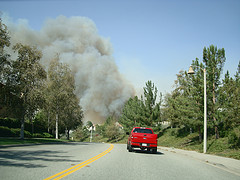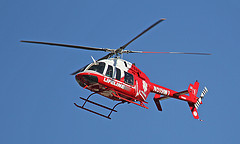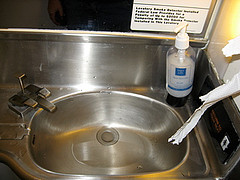 We’ve run across a number of sites that are giving high praise to the rapidly growing number of apps available for smartphone users. Sure, we know many of you use these devices as emergency entertainment for the kids, your connection to Facebook and e-mail, but we’ve also found that many travelers are most happy with their smartphones on vacation when it comes to:
We’ve run across a number of sites that are giving high praise to the rapidly growing number of apps available for smartphone users. Sure, we know many of you use these devices as emergency entertainment for the kids, your connection to Facebook and e-mail, but we’ve also found that many travelers are most happy with their smartphones on vacation when it comes to:
- Maps – including street maps and public transportation maps. When you’re in an unfamiliar area, the maps on your phone can be far easier to understand and far less to carry than bulky folded paper maps.
- Boarding passes – many airlines now let you send your boarding pass to your phone, which eliminates the problem of not being able to print them without lugging a printer to your hotel room.
- Travel guides – many travelers have begun abandoning the paper travel guides for smartphone apps. Although the apps haven’t yet started providing the depth of detail available in the travel books, that’s coming soon.
- Flight info and check in – check your flight status before you leave the hotel and stay just a little longer if it’s delayed.

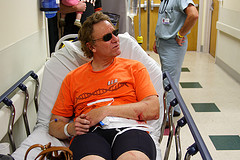
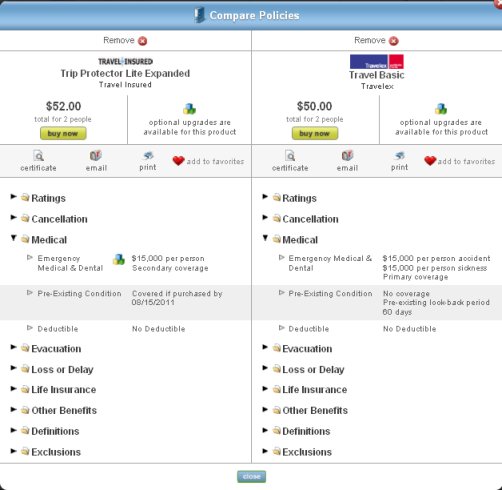
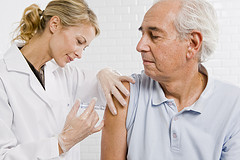
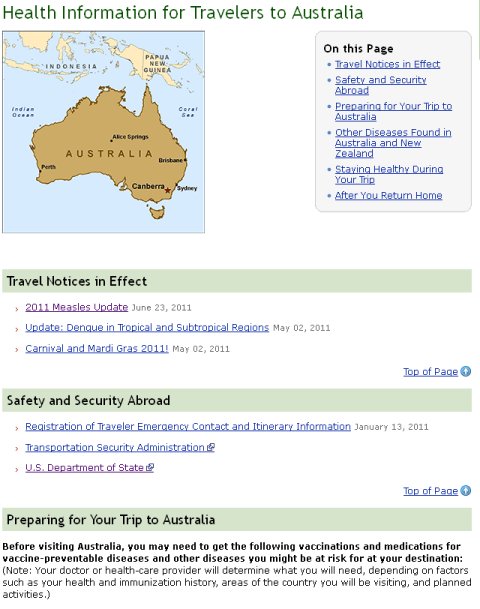
 A new
A new 